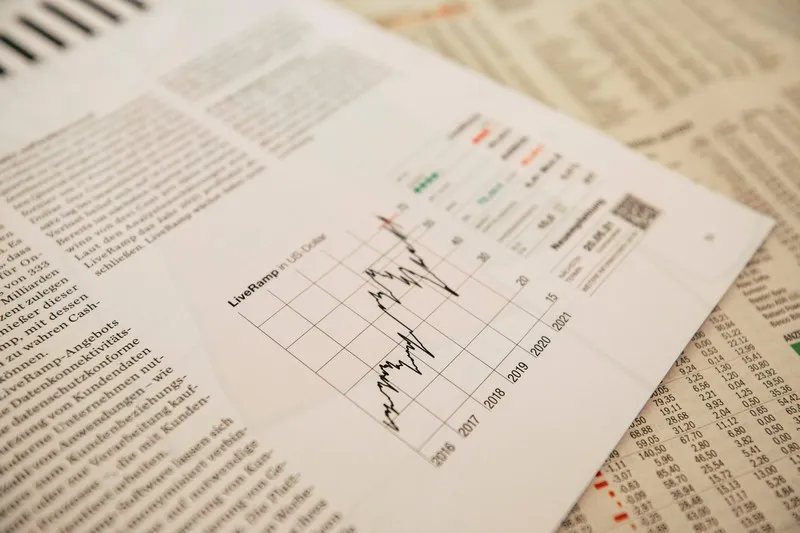Table of Contents
- Conceptualising Inflation Sociologically
- Historical Trajectories of Inflation
- Theoretical Frameworks for Inflation
- Social Distributional Effects
- Inflation, Power, and Inequality
- Everyday Experiences and Meaning‑Making
- Governing Inflation: State, Central Banks, and Public Legitimacy
- Contemporary Debates: Pandemic, Supply Shocks, and “Greedflation”
- Pedagogical Implications: Teaching Inflation in Sociology
- Conclusion
Inflation is often introduced in economics textbooks as a technical change in the average price level. Yet price movements do not occur in a social vacuum. They are embedded in historically specific relations of power, culture, and institutions that shape whose voices matter in the marketplace and whose livelihoods are at risk when prices rise. From a sociological perspective, inflation is an outcome of contested social processes—struggles over wages and profits, the cultural framing of value, and the political authority of states to regulate money. To understand inflation, therefore, is to understand how societies allocate resources, legitimise inequalities, and imagine economic stability. This article approaches inflation as a sociological phenomenon. It introduces key theoretical frameworks, traces historical patterns, and examines everyday experiences, offering undergraduate readers a systematic but accessible map of the terrain.
Conceptualising Inflation Sociologically
Economists typically measure inflation through indices such as the Consumer Price Index (CPI) or the GDP deflator. Sociologists, by contrast, start with the social relations underlying those numbers. Three analytical dimensions guide sociological enquiry:
- Structural: How do class relations, sectoral power asymmetries, and global production networks condition price-setting authority?
- Institutional: In what ways do central banks, collective bargaining arrangements, and regulatory regimes transmit or restrain cost pressures?
- Cultural‑Symbolic: How do shared meanings—fear of money losing value, media narratives about “runaway prices,” or nationalist images of currency—shape collective responses?
By moving beyond “too much money chasing too few goods,” the sociological gaze focuses on who controls money, how prices are negotiated, and which groups are imagined as deserving protection from—or discipline by—inflation.
Historical Trajectories of Inflation
Pre‑Industrial and Early‑Modern Contexts
Before industrial capitalism, price increases were episodic, driven by harvest failures or coinage debasement. Sociologically, these early inflations taught rulers that price instability could undermine legitimacy. Bread riots in eighteenth‑century Europe, for instance, were not solely about scarcity; they were moral protests against violated “just price” norms that bound sovereigns to protect subsistence. States responded by policing grain markets and broadcasting paternalistic concern.
The Gold Standard to the Great Depression
The nineteenth‑century gold standard anchored national currencies to metal reserves, nurturing a cultural association between sound money and civilisation. Inflationary episodes were discredited as moral failings of “profligate” governments, reinforcing bourgeois identities built on price stability. The interwar collapse of the standard, culminating in hyperinflation in Weimar Germany (1923), re‑shaped collective memory: uncontrolled inflation became a metaphor for political chaos, bolstering authoritarian appeals to restore order.
Post‑World War II to the 1970s
The Bretton Woods system (1944 – 1971) combined fixed exchange rates with Keynesian demand management, generating low inflation across the developed world. Yet wage‑price spirals emerged where strong labour movements met oligopolistic industries. The 1970s oil shocks, compounded by geopolitical realignments, produced stagflation—high inflation with stagnant growth—challenging Keynesian orthodoxy and fuelling monetarist critiques that emphasised money supply restraint.
The Neoliberal Era
From the 1980s onward, independent central banks adopted inflation‑targeting regimes. Disinflation was achieved through high interest rates, weakened unions, and global supply chains relocating production to low‑wage zones. Price stability became a central cultural claim of neoliberal governance: citizens were promised cheap imported goods, even as wage growth decelerated. The social costs—de‑industrialisation, regional inequality—were reframed as unavoidable side‑effects of taming inflation.
The 2020s Reawakening
The COVID‑19 pandemic, supply‑chain bottlenecks, energy shocks from geopolitical conflicts, and the revival of industrial policy reignited inflation fears in advanced economies. Debates about “greedflation,” corporate profiteering, and fiscal stimulus returned distributional conflict to centre stage, exposing that inflation control is always a question of whose costs are to be contained.
Theoretical Frameworks for Inflation
Classical Political Economy
Classical writers such as Marx and Ricardo treated price levels as reflections of labour value and production costs, mediated by class struggle. For Marx, inflation could be a weapon: capitalists might inflate prices to erode real wages, shifting surplus toward profits. Though written in the nineteenth century, this insight underpins contemporary theories of “class conflict inflation.”
Keynesian Demand Management
Keynes argued that aggregate demand deficiencies cause unemployment; therefore, moderate inflation could be tolerated—or even engineered—to reduce real wages and stimulate investment. Sociologically, this positions inflation as a policy tool negotiated between labour, capital, and the state, rather than a purely monetary variable.
Monetarism and Rational Expectations
Milton Friedman’s maxim, “inflation is always and everywhere a monetary phenomenon,” reframed the problem as one of state discipline: independent central banks must credibly commit to low money growth. Rational expectations theory added that workers and firms anticipate policies, blunting gradualist approaches. The sociological critique highlights how these theories naturalise market discipline and delegitimise democratic claims over monetary policy.
Sociological Institutionalism
Institutionalists examine how collective bargaining structures, wage‑setting norms, and central bank reputations channel inflationary pressures. Coordinated market economies with encompassing unions (e.g., Germany, Sweden) historically contained inflation better than liberal market economies (e.g., the United States, the United Kingdom) because actors internalised social costs through negotiated wages.
Cultural Political Economy
Recent scholarship stresses discursive struggles. Narratives of “runaway inflation” can precipitate self‑fulfilling spirals as firms pre‑emptively hike prices and workers demand higher wages. Conversely, framing inflation as “transitory” may anchor expectations. Public trust in expertise, media amplification, and national mythologies (such as German hyperinflation trauma) all shape the cultural script around acceptable levels of price growth.
Social Distributional Effects
Inflation is not a blanket phenomenon; its burdens and benefits are unevenly distributed.
- Class and Occupation: Fixed‑income groups (pensioners, welfare recipients) see purchasing power erode, while borrowers with variable wages may gain as real debt shrinks.
- Gender: Care work—often unpaid or underpaid—faces rising costs of essentials, exacerbating the gendered “time‑poverty” of managing household budgets.
- Race and Ethnicity: Marginalised minorities, over‑represented in precarious employment, encounter higher effective inflation because they spend greater shares on food and utilities whose prices are more volatile.
- Generational Cohorts: Younger households, heavily indebted for education or housing, may prefer moderate inflation, whereas asset‑owning older cohorts lobby for price stability.
These distributional cleavages influence political coalitions: anti‑inflation voting blocs typically comprise creditors, retirees, and import‑dependent consumers, while moderate‑inflation coalitions may include debtors, export industries, and certain labour segments.
Inflation, Power, and Inequality
Get the full article AD FREE. Join now for full access to all premium articles.
View Plans & Subscribe Already a member? Log in.






